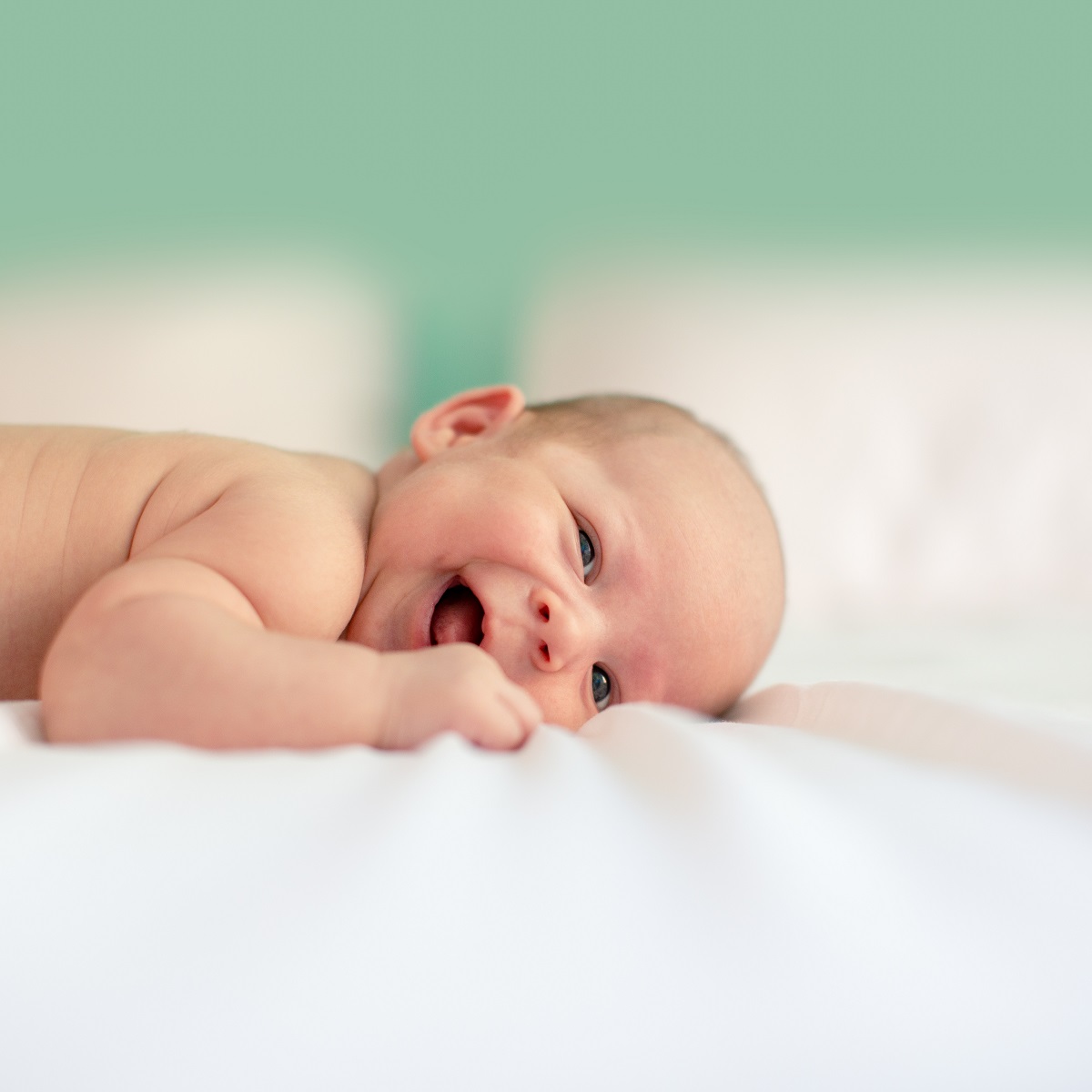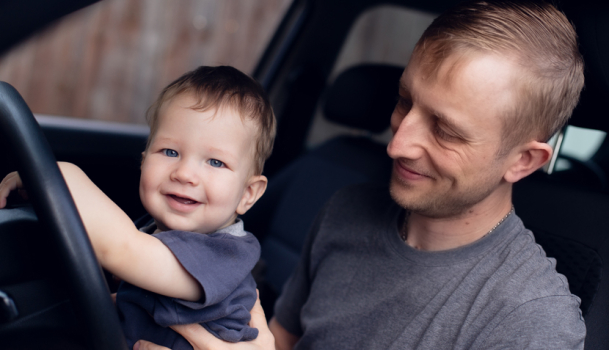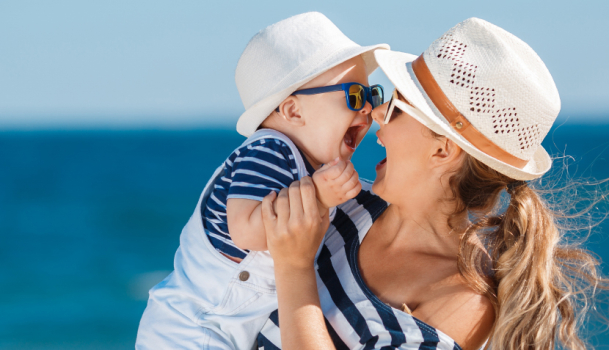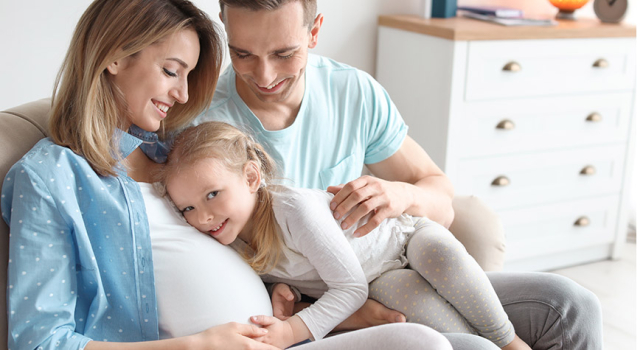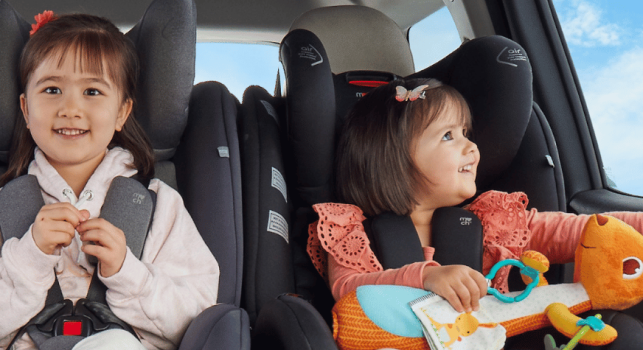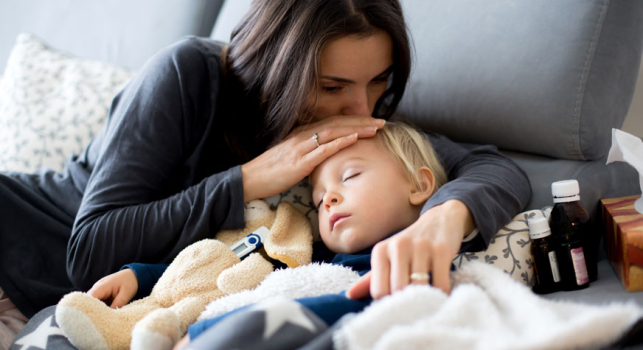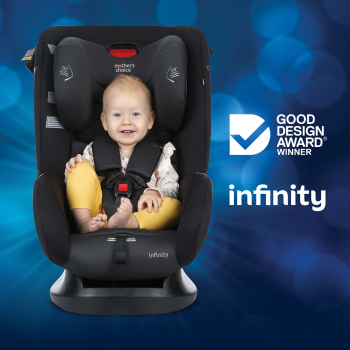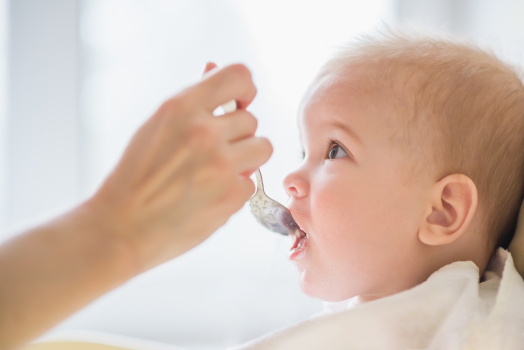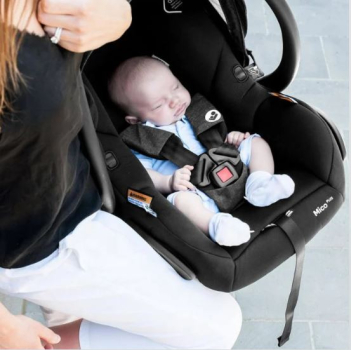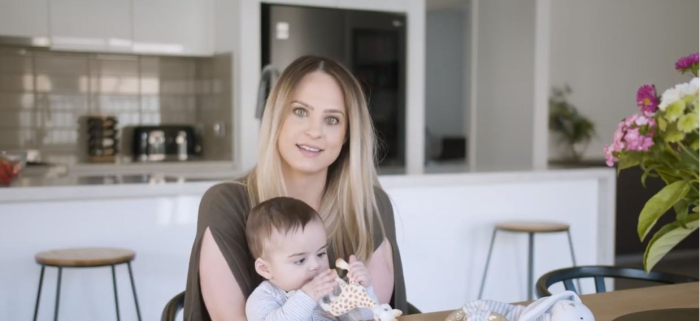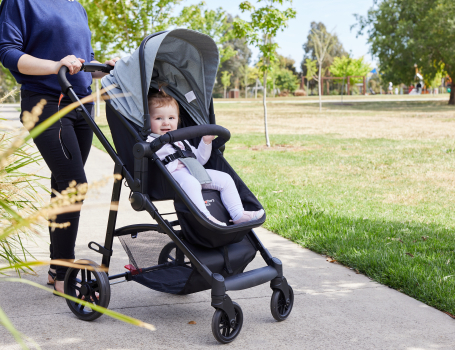The time when the little bun is still in the oven is both exciting and terrifying for a parent. You’re looking forward to purchasing all the adorable essentials, but as the list expands, you look around and ask yourself - do I have enough room for all of that? Or worse: can my wallet take the hit?
Every parent wants only the best for their little ones but is unable to weigh the expenses and benefits, especially when it comes to their firstborn. To help you purchase absolutely everything you need for your baby on a budget without sacrificing the value, we’ve prepared a list to help.
A convertible car seat
First things first - you have to get your newborn safe home from the hospital. Those who are familiar with the official Australian law know that you need to install an appropriate car seat.
Here’s where the real issue occurs: there is a multitude of car seat types and models available on the market and parents struggle to select the best one.
But no - it doesn’t have to go this way. Namely, capsules are great for newborns but so are convertible car seats. The convertible in their name stems from the fact that you can install them both rear and front-facing, which means you can easily make a transition when your baby is older.
A standard stroller
The best baby stroller is the one that matches the parents’ lifestyle, but what if the jogging stroller you have your eye on for some time is just too expensive? For this reason, when you’re looking to get a stroller for a baby on a budget, it is advisable to go for a standard, full-size all-terrain 4-wheel stroller.
True, they are not as light and compact as the umbrella ones, but they will certainly accompany you on any road you take. They are designed for a city road, as well as bumpier terrain, and most of the models can meet the needs of children from their first strolls down the park until they are old enough to toss the stroller all together.
A cot
A Moses bassinet may be an adorable and practical accessory for the nursery, but it will only serve you for the first few months and you’ll have to splurge again for different sleeping arrangements. To avoid additional costs and stocking up on large pieces of furniture, be sure to get a cot for your newborn and watch them grow in it until they are old and big enough to get a regular-sized kids bed.
Cloth nappies
On average, a baby can go through almost 10 nappies a day. Take this number into consideration when you go browsing for nappies in the supermarket - and remember that your baby will likely need them until they are somewhere between 18 months and 3 years old.
Once you do the math it will add up to… well, a shockingly high number. Alternatively, you can invest in the cloth ones that can be easily washed and reused. Still, as they are impractical at times when you are changing your babies nappies outside your home, some parents combine cloth nappies with the store-bought ones.
Final tip: Get only bare essentials
First-time parents may have trouble deciding which items are really necessary, so they can feel pressure to purchase absolutely everything they hear is ‘recommended’. More often than not, time reveals that the majority of items are something they could have managed without.
For instance, if you live in a small apartment, you may decide not to get a baby monitor as it is possible to hear your baby crying from every corner of your home. A breast pump, as well, might not be essential if you plan on breastfeeding. Even a changing table can be ditched if you have an old dresser that you can use instead.
And don’t frown upon dressing your child in hand-me-downs. You’re only about to see just how fast they grow and how expensive it can be getting a new onsie on a monthly basis.
Need help finding the right product for your child?
Our business hours are Mon-Fri, 8:30am - 5:00pm AEST.

